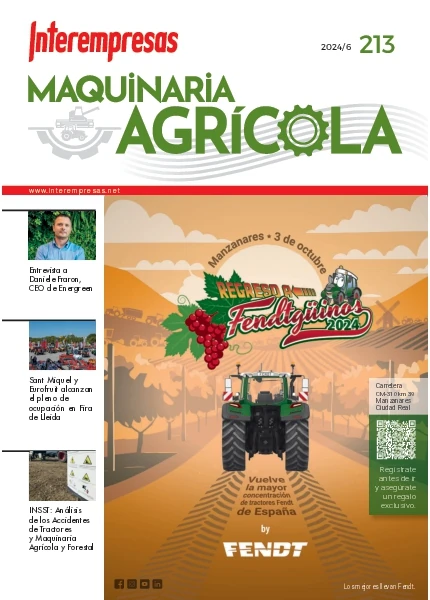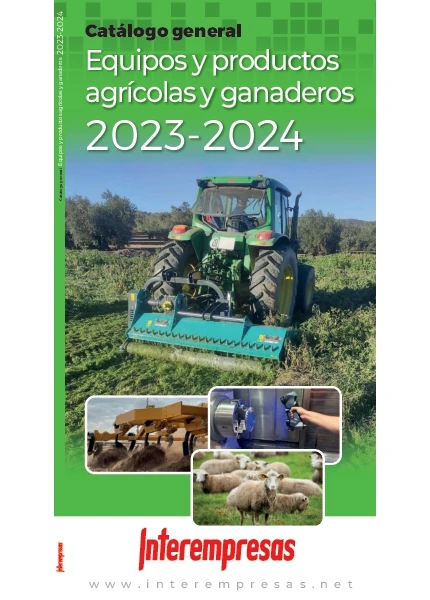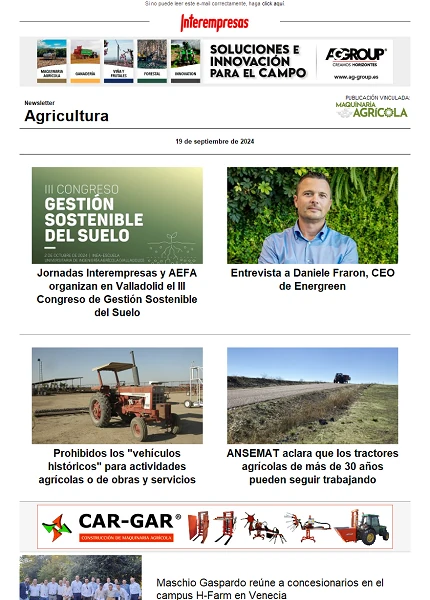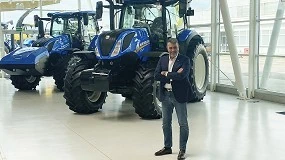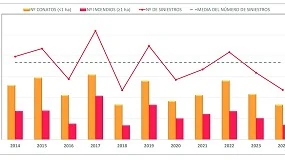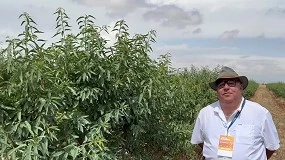Plant cover in the cultivation of the olive tree
January 18, 2011
First trials with vegetal roofs were in 1902, United States. In Spain, it is in the 70's when performing studies on spontaneous plant covers and its management with mechanical mowing in Jaén. The use of living plant covers in various crops like olives, almond or the vineyard, with excellent results in terms of soil and water conservation-wood has been investigated. With the use of plant cover, dissipates much of the kinetic energy of the drops of rain, which reduces the effect of the separation of the aggregates of the ground, protecting the soil from surface runoff and water erosion.
Evergreen woody crops maintain the area's soil under the cup of the same protected from the direct impact of the drops of rain throughout the year. However, the spaces between rows of trees are exposed to water erosion generated by the effect of such impacts. The majority of the Andalusian olive grove is located on dry land, the water being the main limiting factor for production.
The vegetation cover, in that it can produce greater infiltration of rainwater, as well as reduce runoff and evaporation, gives rise to a more favourable water distribution in the soil profile. The overall balance sheet indicates that you often have more water in a soil with cover that in one tilth, insofar as the mowing takes place at the right time. In addition, the presence of dry plant debris limits evaporation.
The establishment of a vegetation cover on the ground, along with the reduction of the erosion of the same, imply a decrease in the loss of nutrients, which should enable an improvement in the quality of the water to reduce their polluting.
Types of plant covers
The plant covers can be living or inert. Types of roofs that can be used to combat the erosion are classified, by origin and handling, not planted or spontaneous (weeds, popularly said) or sown, in which case it may be made up of grasses (barley)(, ballico, bromine), legumes (lupins, vetches) or cruciferous. For its duration are divided into permanent and temporary (annual cycle); and by the method of control exercised on the deck, in segadas mechanically, chemically were with herbicides or controlled by grazing. In any case, the most used are the spontaneous of unselected weeds and planted grass.
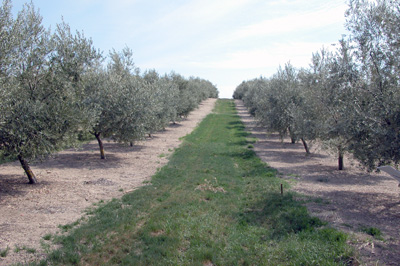
Management of plant covers
In the case of olive groves, the following guidelines for handling may be:
−indoor plant selected toward grasses spontaneous: is recommended for soils that have been carved for years prior to the introduction of the deck, so that there is a seed bank with wide range of species and high density of seeds. The species that make up these covers will be, among others, the ballico, bromine, the bromus or the spikelet.
The starting point of this cover is to allow the growth of weeds in the streets of the olive grove spontaneously in the autumn for a time have achieved true development, implement a selective herbicide to control dicotyledonous or broadleaf weeds. The application of the herbicide will allow a better development of the grasses, thus making a selection to these species, which is subsequently easier. In addition, it is advisable to pay cover.
In the case of olive groves of dry land, where cover to compete with the cultivation by the water, you must monitor well through the application of an herbicide or by mechanical weeding. An option to take into account in the coverings of grasses is the leave without controlling a strip (semillado band) of at least half a meter in width, with the purpose of that semille and occurs "reseeding" cover for the following year.
− cover vegetable grown grasses: is one of the most widespread vegetation cover types. It carries out planting one or several species of grasses in the streets of the olive grove. Planting is possible with the use of a planter, of a centrifugal abonadora or even by hand. Once established the cover, the management must be the same in the previous case.
− covered plant of unselected weeds: is to allow the growth of the vegetation in the streets of the olive grove, making control of them at the time in which begin to compete for water with the olive tree. This system saves costs in seeds and selective herbicides. It is an alternative in organic farming (which do not use herbicides or fertilizers of synthesis). One disadvantage is that the diversity of species will provide uneven sensitivity to herbicides, so it would require higher doses to chemical harvest. Another problem that may occur is that if performed control with shredder, a reversal of flora to perennial species of creeping port and easy hard to control with the clearing regrowth can occur.
− inert vegetable covers: is a complementary to the covered living system. It consists in the provision of the by-products of the olive grove or the pruning remains crushed in the streets of the olive grove. This practice eliminates the operation of burning and in addition, there are certain positive effects on the olivar, such as the increase in the surface layers of soil organic matter, higher content of nitrogen in the soil and better structure of the surface layers of soil and water.
In addition, in the upland plantations, living plant covers can compete for water and nutrients with the olive tree, being necessary to modify the dosage and application of fertilizers; However, inert plant covers available best balance sheets of water and better use for the tree. The use of a deck with remains of pruning reduces the need for herbicides for the control of weeds.
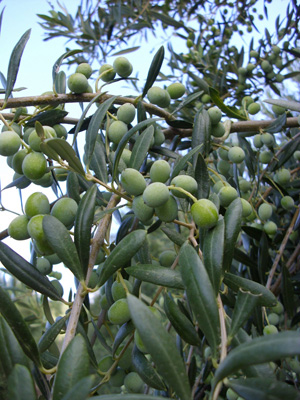
Advantages and disadvantages
Its advantages include the fact that reduce production costs, less fuel is consumed and requires less labour than in the conventional crop management. Improve the soil structure. They reduce the erosion of the soil by up to 95%, reducing the incorporation of fertilizers and plant protection products to the river channels and reservoirs to adhere these to the soil particles and being subsequently washed away by erosion. They encourage the increase of biodiversity for the protective effect and the food that provides own cover and the absence of work on the ground to prevent the activity of birds and mammals.
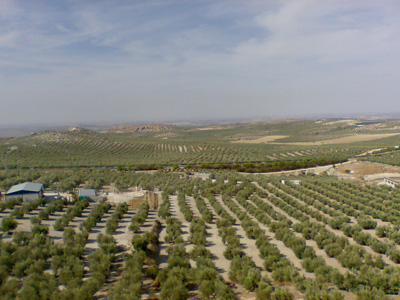
With the reform of the CAP begun in 2003, the conditionality requires that, if you maintain the clean of weeds through the olive trees ring application of herbicides, is must necessarily implement a vegetation cover between the rows of olive trees in perpendicular direction to the line of maximum gradient.
This technique also has some weak spots: intentional fire of the plant remains dry during the summer could cause damage to the plantation, especially in very dry spring in which the decomposition of the remains by the microorganisms in the soil is slower; the mishandling of the cover can cause significant and irreversible losses of water, which can negatively affect the production of the olive tree; and the presence of the deck may hinder the harvesting of the olives, if not prepared soils through the application of herbicides.


